Host Cities
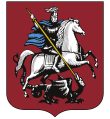
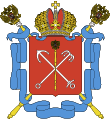
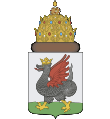
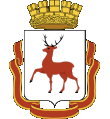
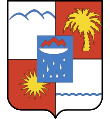
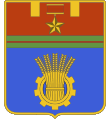
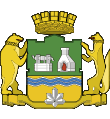
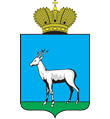
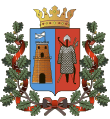
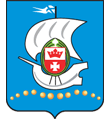
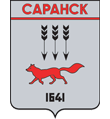
Russia is the largest country in the world in terms of territory. When in Kaliningrad, which is in the West of the country, people are just getting up at 8 am, the citizens of Vladivostok are already having dinner.
Russia is a country with a rich history: it has lived through multiple world wars and revolutions, and today Russia is at the very heart of world events, having become one of the greatest empires of its time.
The Russian language has its own alphabet and is one of the most popular languages in the world by number of speakers. Dostoyevsky, Tolstoy, Chekhov, Mayakovsky – these are the names of just a few of Russia’s many well-known writers. Russia is famous for world class composers, such as Tchaikovsky, Prokofiev and Rachmaninov, as well as for its artists, who include, among others, Vrubel, Malevich, Aivazovsky and Repin.
Russia has a well-developed transportation network, with a particularly well-developed railways system, which links together all parts of the country, except for the territories in the Arctic. All the four cities hosting the 2017 FIFA Confederations Cup have airports and train stations, in addition to public transit. Three cities out of four have subway systems. We would like to remind you that guests of the tournament will be able to use public transportation free of charge. It is recommended that you always carry your passport and FAN ID.
Transportation
-
MetroMetro is considered to be one of the fastest means of public transportation in Russian cities: it is a good way to avoid traffic jams in the rush hours. In six cities that host the World Cup, namely Moscow, St. Petersburg, Kazan, Nizhny Novgorod, Samara and Yekaterinburg, have subway systems. As for Volgograd, it has special high-speed tram called Metrotram or Express Tram.
-
Buses, trolleybuses and tramsBus, tram and trolleybus stops usually have timetables and a sign showing the list of routes. The headway for these types of transportation ranges between 5 and 30 minutes, depending on the time of day. Each route has its own schedule, with public transport usually starting at 5:00-7:00 in the morning and ending at 20:00-1:00. There is also a night bus service operating in Moscow.
-
Suburban railSuburban trains not only connect cities within a radius of 100-150 km, but also make stops in various part of these towns and cities. Fares depend on the distance traveled. Tickets can be purchased in ticket offices at railway stations.
Russia has its own cuisine and a lot of interesting dishes that you can try. The most popular souvenirs from Russia are Matryoshka nesting dolls, traditional wooden dolls, caviar, vodka, Russian champagne, jewelry made of amber, watches and furs.
In order to buy these and other products, you need to have national currency, which is the Russian ruble. You can exchange currency in banks and special currency exchange offices.
Bank cards and cash
-
ATM machinesWe recommend that you follow basic rules of security when withdrawing money from ATMs. Firstly, do not share the PIN-code of your card with third parties. When you enter your pin code at a store or using an ATM, try to hide it from prying eyes. In addition, before withdrawing cash from the ATM, make sure that the keyboard or the card slot are legitimate and not tacked on, and that the ATM does not have any foreign mechanisms: ATM thieves install such devices onto the real ATMs to try and steal your PIN and account number.
-
Withdrawal feeMost ATMs take a fee for withdrawing cash from the card. The size of the fee is set by each bank individually. As a rule, the fee is about 1-2% of the total sum. Usually, banks inform their clients about the fee on the ATM screen before you confirm the transaction.
-
Services for foreign nationalsAlmost all ATMs in Russia have menus in English, and some even in Spanish. If your bank has branches in Russia, the withdrawal fee can be minimal or even zero. We advise you to check this information with your bank in advance. In any case, the conversion of the currency from your bank account into rubles will be carried out at the exchange rate offered by the bank. As a rule, it is slightly higher if you withdraw cash at an ATM rather than at the cash department inside the bank.